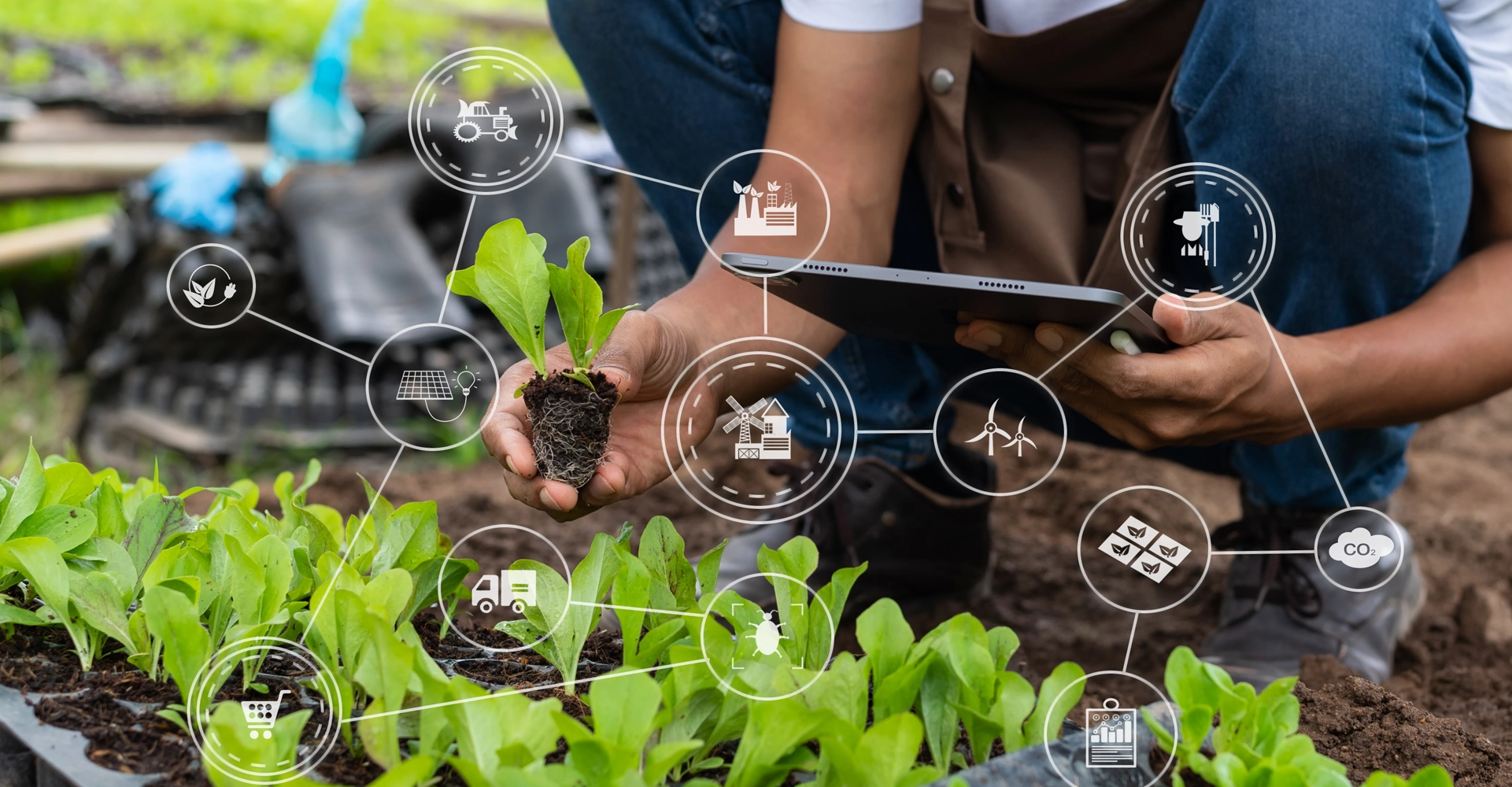
Agriculture: between tradition, innovation, and sustainability
Today’s agriculture, or agriculture moderne, relies on a complex organization that combines traditional know-how, technological innovations, and sustainable resource management. It involves the coordination of multiple activities: soil preparation, crop selection, livestock breeding, the use of high-performance equipment, and respect for natural cycles.
Plant production
Cereal cultivation
Production of essential cereals such as wheat, corn, barley, or rice, ensuring food security.
Market gardening
Production of fresh vegetables (tomatoes, carrots), often in open fields or greenhouses.
Fruit cultivation
Growing of fruit trees such as apple, cherry, or olive trees, enhancing agricultural diversity.
The foundations of respectful and sustainable agriculture
Organic agriculture is based on agricultural practices that respect the environment, biodiversity, and animal welfare. It excludes the use of synthetic chemicals, favors natural inputs such as compost, and relies on techniques such as crop rotation and mixed planting to preserve soil fertility. Organic livestock farming, on the other hand, guarantees more natural living conditions for animals. Governed by strict regulations, organic agriculture also ensures traceability and certification, which strengthen consumer confidence.
Diversity of practices and objectives

The main types of livestock farming in agriculture

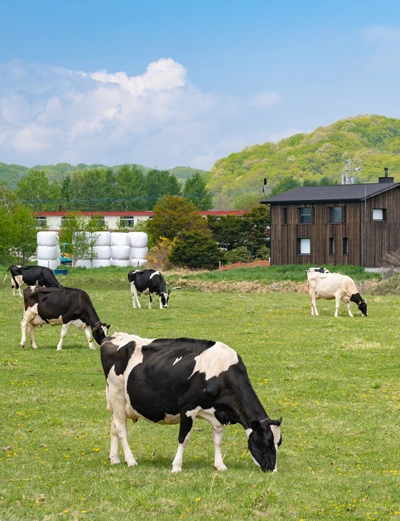
Cattle farming
Primarily intended for the production of meat (beef) or milk (dairy cows), it can be extensive (outdoor) or intensive (indoor).
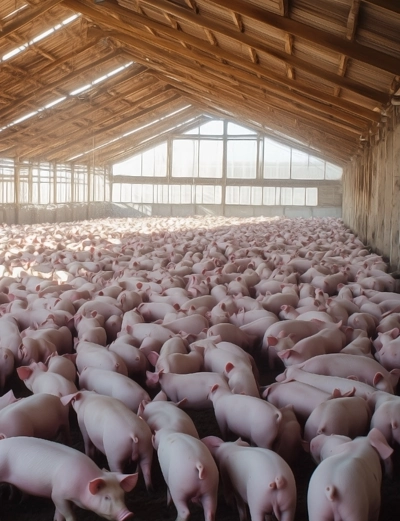
Pig farming
Involves the production of pork, often in intensive systems with specialized buildings for the welfare and rapid growth of the animals.
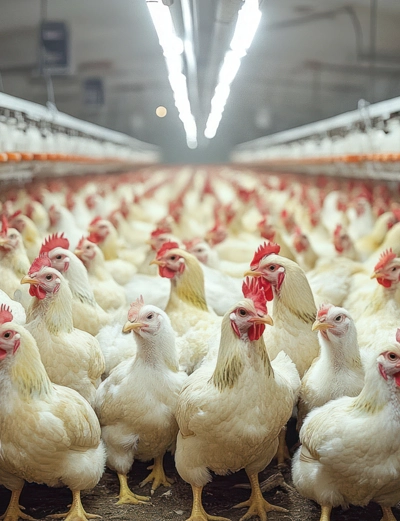
Poultry farming
Includes the production of poultry such as chickens, turkeys, or ducks, for meat or eggs, with methods ranging from outdoor farming to industrial farming.
Growth and competitiveness
Understanding how the agricultural market works
The agricultural market relies on the balance between producer supply and consumer demand, influenced by numerous factors such as climate conditions, agricultural policies, and consumer trends. Agricultural products pass through various distribution channels, from local markets to large retail chains, which impacts prices and availability. Furthermore, regulations and subsidies play a crucial role in stabilizing this sector, which is often subject to natural and economic uncertainties.
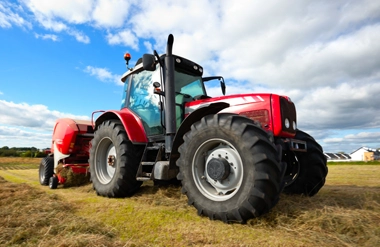
Tractor
A versatile machine for working the soil, transporting crops and using various farm implements.
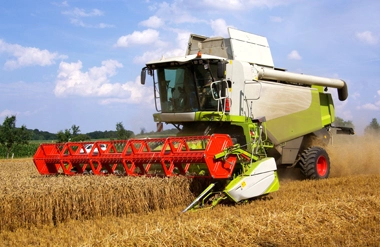
Combine harvester
A machine used for mechanically harvesting cereals, combining cutting, threshing, and cleaning the grain.
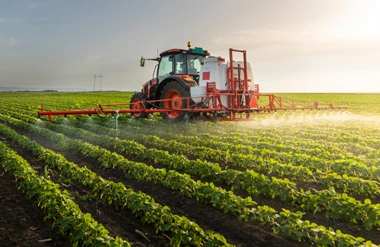
Sprayer
Equipment used to apply plant protection products or liquid fertilizers to crops to protect or nourish them.
Planning crops to optimize yields
Careful planning of sowing and harvesting periods is essential to maximizing yields. By practicing appropriate crop rotations, farmers avoid soil depletion, limit the spread of disease, and promote a natural balance that contributes to farm sustainability.
Adopting technologies
for modern and precise agricultural management
The integration of digital tools, sensors, and precision agriculture machinery into production management improves the precision of operations and optimizes resources. These technologies facilitate real-time monitoring of crops and livestock, contributing to more efficient and sustainable agriculture.